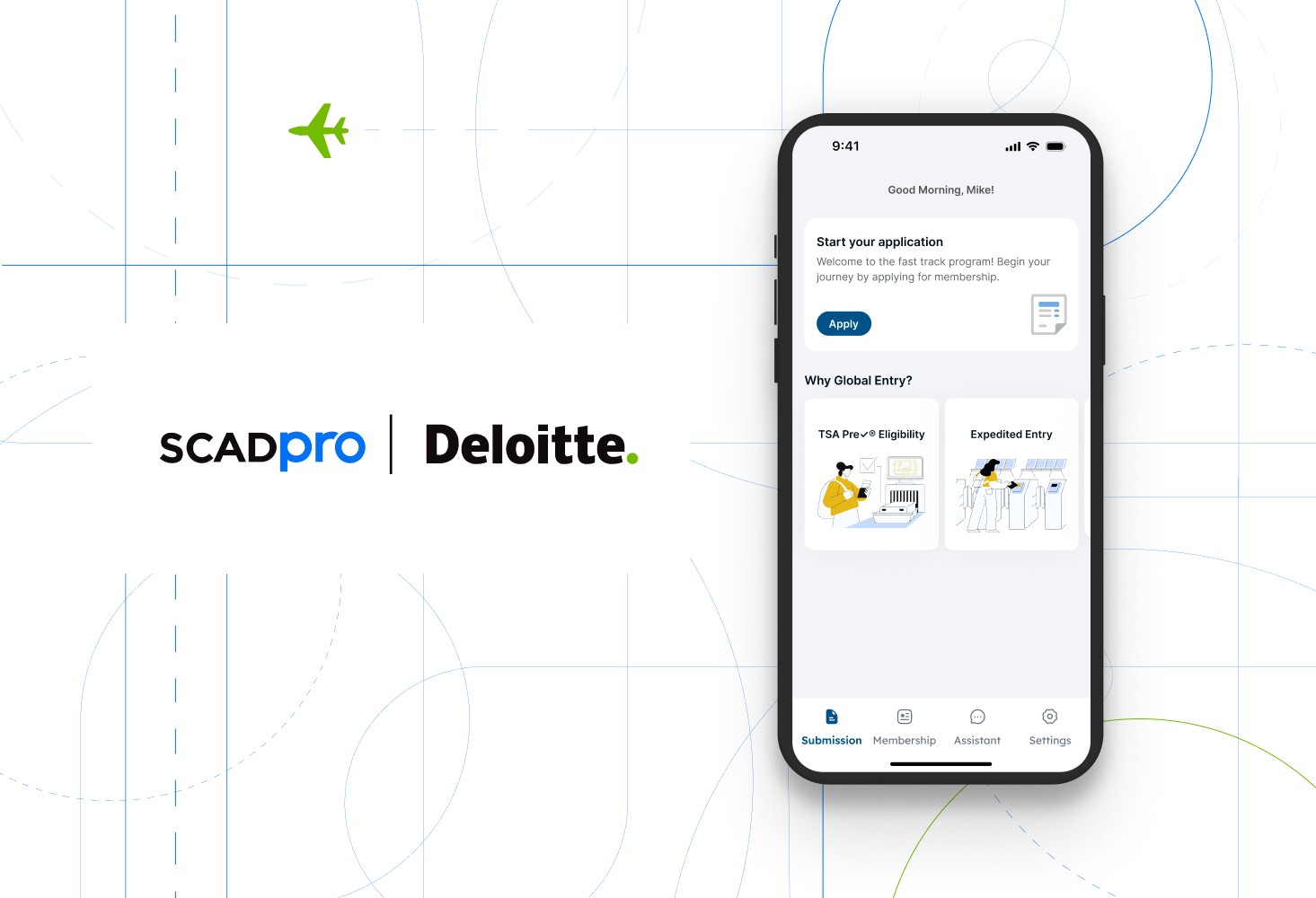
Drombo - Student dormitory task management
A conceptual design aimed at enhancing the dormitory experience for freshman through an innovative task management system.
Duration
3 months | 2025
My Role
Group leader
Tools
Figma
Teams
4 other designers
Problem
First-time dorm experience students living on U.S. campuses often experience conflicts with roommates due to differences in living habits and personality. This leads to increased stress, feelings of isolation, and challenges in building positive relationships, which can negatively impact their academic performance and overall well-being.
Design Constraints - Institution
RAs (Resident Assistants) and RDs (Resident Directors) play key roles in managing the residential community.
When designing the application, it's crucial to avoid undermining their responsibilities—for example, the app should not attempt to fully replace conflict mediation functions. Instead, it should serve as a supportive tool that enhances and streamlines their work. Failing to respect these boundaries may lead to resistance or pushback from the school administration.
Project Impact
In this app, students think they can…
64%
32%↗
Feel a stronger sense of belonging in the community
94%
36%↗
Feel fairly treated with their roommate
82%
21%↗
Build a positive roommate relationships
70%
22%↗
Create a better physical health environment
Solution Highlights
A dorm task management app organizes shared responsibilities with clear task statuses, making it easy for students to manage tasks, help each other, and build a supportive dorm culture through rewards and collaboration.
Set Up Dorm Rules & Track Roomate's Status
A step-by-step tour of set up shared rules that with roomates. Easily track each other’s status to maintain a respectful and organized living space.
Task Management: To Do
Easily track personal and shared tasks. Mark assigned tasks as done upon completion, and wait for roommate confirmation to ensure accountability.
Task Management: Completed
Review all confirmed tasks and claim points, which can be saved for future help requests or rewards—making teamwork in the dorm both productive and fun!
Rankings & Rewards
View your dorm’s ranking, track personal progress, and earn points for completing chores. Redeem rewards to stay motivated and make dorm life more engaging!
Challenge in Design - What is the root causes?

Through preliminary research, we gained insight into students' journeys. Interestingly, multiple factors can trigger, generate, or even escalate conflicts.
The roommate matching system provided by universities is inadequate and fails to ensure match quality.
Roommates often have different living habits.
Attempts to communicate with roommates may be ineffective.
Students may seek help from RAs, but since RAs are also students, their conflict mediation efforts are sometimes ineffective—and may even worsen the situation.
This appears to be a complex issue and difficult for us to identify a clear starting point for problem-solving.
Therefore, we need to conduct further research to uncover the root causes.
Research Insights

Staff are not professionally trained in conflict mediation.
RAs are also students themselves, and they may not be mature enough to effectively handle roommate conflicts. The same goes for RDs—they are professional community managers, but not trained conflict mediators.

Even worse, students don’t know how to get along with their roommates.
Therefore, we should use design to guide and encourage students to build relationships with their roommates and help them achieve their ideal dormitory experience.
But how?
Make design decisions based on User Goals


Ultimately, we conducted Sensory Cue research with students and gathered their insights on the ideal experiences related to these three fundamental needs.
By understanding what students associate with supportive and harmonious dorm life, we translated user goals into tangible design features.
Now, we can start designing.
Reflection
During the project, we initially positioned DormBo as a value-creation tool for universities, focusing on building a smart roommate matching system to compensate for the shortcomings of existing ones. However, this approach proved ineffective, as students often concealed their personal habits in order to receive a “better” match—ultimately undermining the system’s original purpose.
This prompted us to re-examine the core issue. By reassessing the university ecosystem, we discovered that once students learn how to live with people who have different habits, most problems can be alleviated.
This new direction made me realize that, as designers, our role is…






